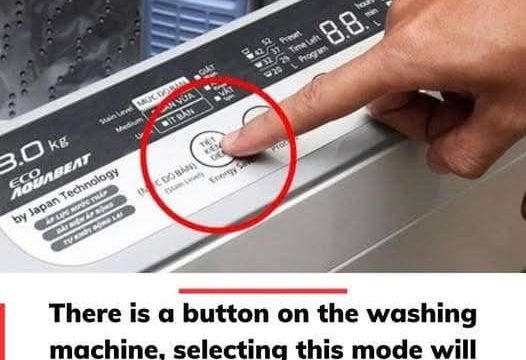Have you ever picked up a bag of chips at the store and noticed how puffed up it feels? At first glance, it might seem like a sneaky trick to make the bag look fuller than it really is or perhaps a packaging error. However, that extra air isn’t a mistake, nor is it meant to deceive you. It serves an essential purpose in protecting the product and ensuring you receive it fresh and intact. Let’s explore why some food items are packaged with air, why others are not, and what bloated packaging on certain products could mean for your health and safety.

When you grab a bag of chips and find it looking half-empty, it’s not just about appearances. The extra space in the bag, known as “slack fill,” is there to protect the delicate chips inside. Chips are notoriously fragile and prone to breaking during shipping and handling. That air-filled cushion acts as a buffer, absorbing shocks and preventing the chips from getting crushed. This clever design ensures your chips arrive intact, maintaining their signature crunch and texture.
Interestingly, the air inside a bag of chips isn’t just regular air. Most manufacturers use nitrogen gas to fill the bag instead of oxygen. Oxygen can cause chips to go stale quickly due to oxidation, which affects both the taste and texture. Nitrogen, on the other hand, is an inert gas that helps preserve freshness and extend shelf life. It creates a sealed environment that keeps your chips crisp and flavorful. So, the next time you open a seemingly half-filled bag, remember it’s not a marketing trick—it’s food science at work, ensuring you enjoy the best possible snack experience.
While air-filled packaging works wonders for chips, it’s not suitable for every type of food. For items like cheese, sausages, and seafood, air inside the packaging can accelerate spoilage and create a breeding ground for harmful bacteria. Oxygen, in particular, can speed up the deterioration process by providing the ideal conditions for bacterial growth. To prevent this, many perishable items are vacuum-sealed. This process removes almost all the air from the packaging, creating an environment where bacteria struggle to survive. Vacuum-sealing not only preserves the freshness and safety of these foods but also extends their shelf life, ensuring they remain in excellent condition until you’re ready to enjoy them.
However, not all puffed-up packaging is intentional or safe. Swollen packaging on perishable items like meat, dairy, or canned goods is often a red flag. Unlike the nitrogen-filled slack fill in chip bags, bloated packaging on these items typically signals bacterial activity. When bacteria inside the packaging produce gases, such as carbon dioxide, it causes the packaging to expand unnaturally. While some bacteria are harmless and merely spoil the food without posing a health risk, others can release toxins that cause foodborne illnesses. If you come across a bloated package at the store—or worse, in your refrigerator—it’s best to err on the side of caution. Leave it on the shelf or discard it immediately to avoid potential health risks.
Certain foods are more prone to bloated packaging than others. Perishable goods like soft cheeses, sausages, and other dairy products are particularly susceptible to bacterial growth that leads to swelling. Even canned goods, if damaged or stored improperly, can exhibit bloating over time. This is why inspecting food packaging before purchase is so important. A swollen package is often a clear sign that bacteria have been actively producing gases, which could indicate spoilage or contamination.
To shop safely and avoid bringing home potentially spoiled items, keep these practical tips in mind. First, avoid any product with visibly swollen packaging, as it’s a strong indicator of bacterial activity. Proper storage is also key—refrigerate perishable items like meat and dairy as soon as possible, and keep canned goods in a cool, dry place to minimize the risk of spoilage. Additionally, trust your senses. If a product smells off, has an unusual texture, or just doesn’t look right, discard it. Always check expiration dates, as bloated packaging often accompanies items nearing or past their expiration.
Understanding the reasons behind different types of packaging can help you make better choices while grocery shopping. Air-filled packaging, like in chip bags, is designed to protect and preserve the product, ensuring its quality and freshness. On the other hand, swollen packaging on perishable goods is often a warning sign of spoilage or contamination. Paying close attention to these details can reduce your risk of consuming unsafe food and help you prioritize your health.
Ultimately, taking the time to inspect packaging, check expiration dates, and trust your instincts can make a significant difference in your food safety. Protecting your health is far more valuable than saving a few dollars, so don’t hesitate to leave questionable items behind. By staying vigilant and informed, you can shop smarter, bring home safer groceries, and enjoy peace of mind in every meal.





